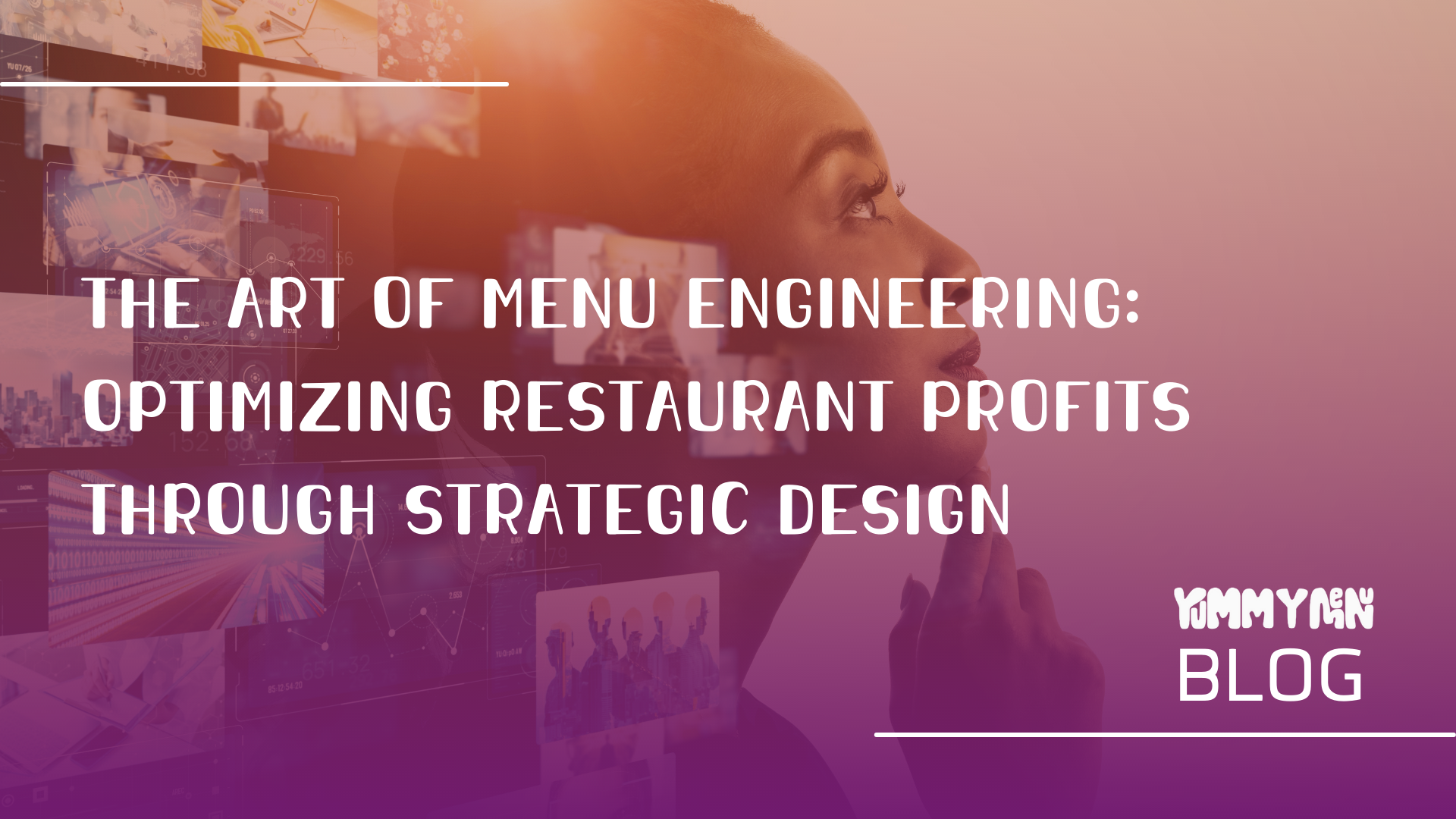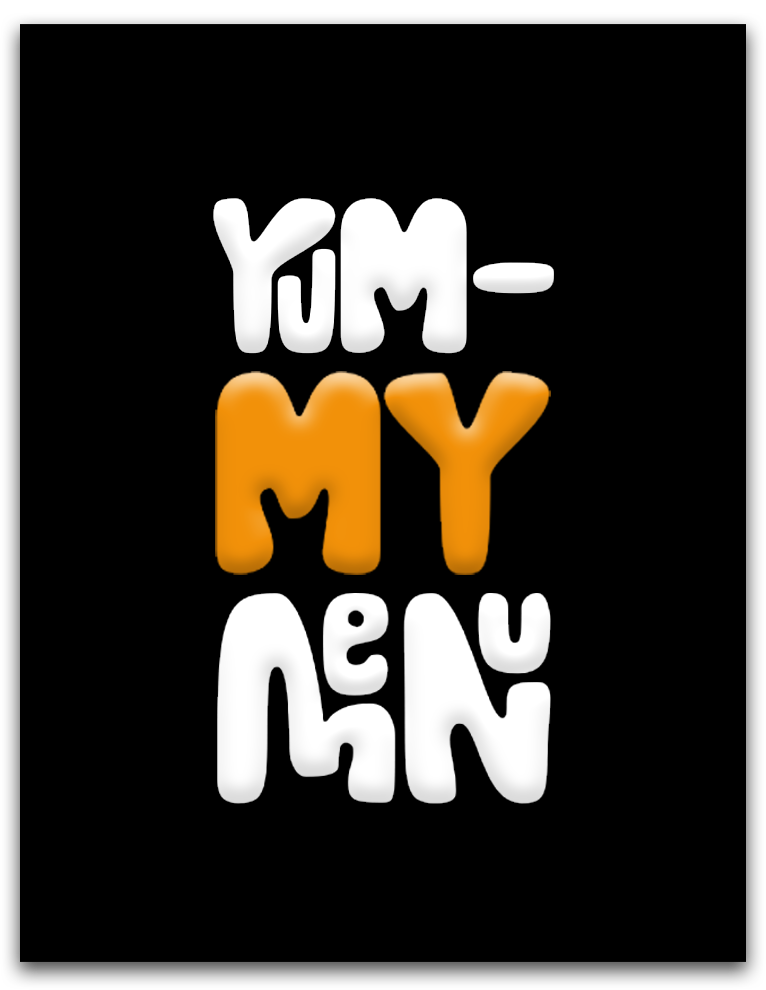
The Art of Menu Engineering: Optimizing Restaurant Profits through Strategic Design
In the restaurant industry, crafting the perfect menu is not just an art; it's a science. Menu engineering is a strategic approach that involves analyzing, designing, and pricing menu items to maximize profitability and enhance the overall dining experience. Far beyond a simple list of dishes, a well-engineered menu strategically guides customers towards specific choices, increases average check sizes, and ultimately boosts the restaurant's bottom line. In this blog, we will explore the principles and techniques of menu engineering and how it is applied to optimize restaurant profits.
-
Understanding the Psychology of Menu Design
Menu engineering starts with a deep understanding of consumer psychology. Research has shown that customers tend to read menus like a book, starting at the top-left corner and moving their eyes in a "Z" pattern. Placing high-profit items in these prime positions can significantly increase their chances of being ordered. Additionally, using strategic typography, colors, and images can influence customer choices and create an emotional connection with the dishes.
-
The Power of Item Placement and Descriptions
Incorporating the right item descriptions and positioning can make a substantial difference in sales. Well-crafted descriptions that evoke sensory experiences and highlight unique ingredients can entice customers to choose specific dishes. Furthermore, strategic placement of high-margin items within a section and the use of "anchoring" – placing a high-priced item next to a more reasonably priced one – can influence customers to spend more.
-
Applying the Profitability-Feasibility Matrix
The profitability-feasibility matrix is a fundamental tool in menu engineering. It involves categorizing menu items based on their popularity and profitability. Items falling in the high-profit, high-popularity quadrant are known as "stars" and should be showcased prominently. "Plowhorses" refer to popular items with lower profit margins that can be optimized by tweaking the recipe or portion size. "Puzzles" are high-profit items that need more marketing or better descriptions to boost sales, and "dogs" are low-profit, low-popularity items that might need to be removed or reworked.
-
Utilizing Menu Engineering Software
To streamline the menu engineering process, many restaurants use specialized software that allows them to track sales data, analyze item performance, and identify trends over time. These tools can provide valuable insights into customer preferences, peak hours, and seasonal variations, enabling more informed decisions for menu adjustments and pricing strategies.
-
Incorporating Seasonal and Limited-Time Offers
Seasonal menus and limited-time offers create a sense of urgency and excitement, encouraging customers to try new items before they disappear. These strategies can increase customer loyalty and attract new patrons. Menu engineering is not a one-time task; it should adapt to changing consumer preferences and market trends.
Menu engineering is a powerful and dynamic approach that allows restaurants to optimize profitability, enhance customer satisfaction, and stay ahead in a competitive industry. By understanding the psychology of menu design, strategically placing and describing items, and utilizing tools like the profitability-feasibility matrix and menu engineering software, restaurants can make data-driven decisions that lead to increased sales and customer loyalty. Regularly updating and refining the menu based on customer feedback and market trends ensures that the restaurant continues to thrive, delighting guests with a thoughtfully crafted dining experience. So, the next time you visit a restaurant and glance at the menu, remember that it's not just a list of dishes—it's a well-designed roadmap for an unforgettable culinary journey.
